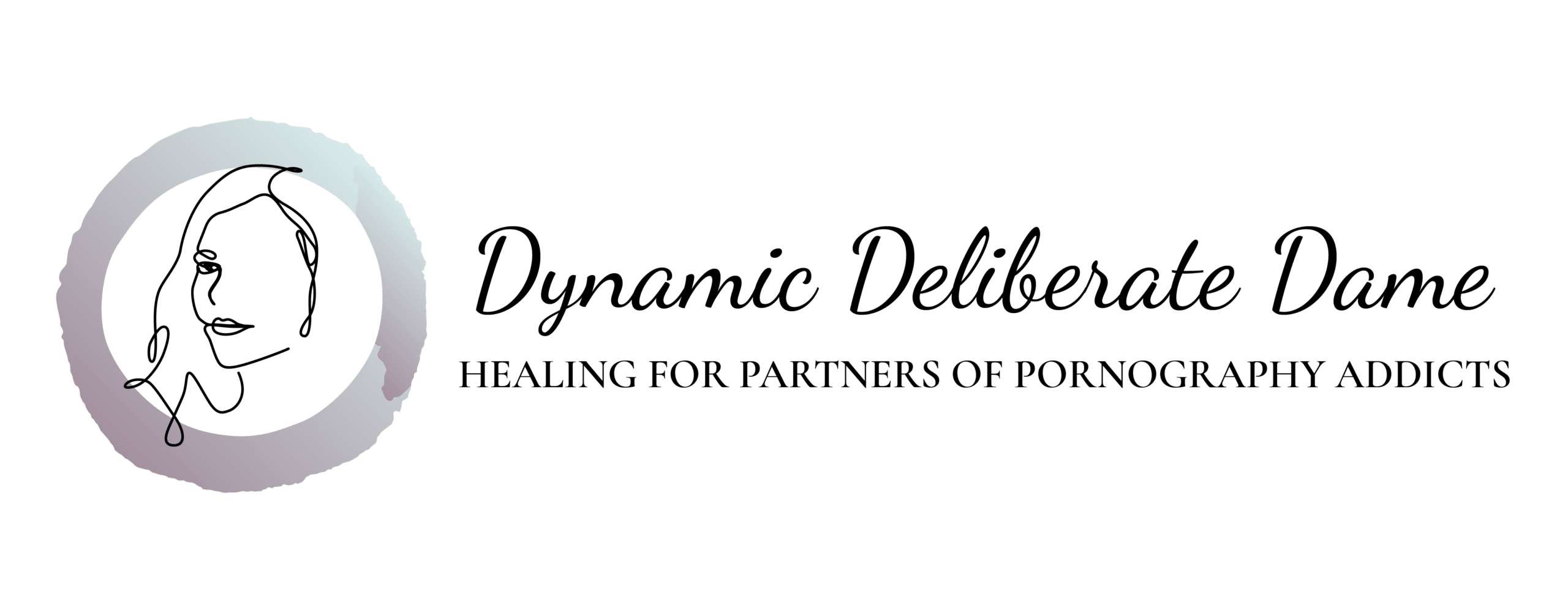Stop the Pain Caused by his Pornography Addiction
April 06, 2022
Discovering your significant other’s pornography addiction hurts. It can be difficult to stop the pain because there are so many different things causing it. The pain comes from knowing he was hiding something from you and lying to you on a regular basis. It’s painful to feel like you weren’t good enough for him and that he sought out sexual pleasure with porn instead of through intimacy with you. Sharing your experience with others who aren’t supportive can also be painful. These are just a few ways that his porn addiction causes pain.
You have to stop the pain
Even though it’s not easy to stop the pain, it is important. When you let go of the pain, you make room for positive emotions. Holding on to negative emotions creates stress and has a negative impact on your wellbeing.
If you don’t stop the pain, you will keep reliving what happened and experiencing the same hurt and negative emotions over and over again. Getting stuck in the pain steals your power. You need to process through the pain and move beyond it to regain your power. Acknowledging what happened and that it hurt allows you to move on. Instead of focusing your energy on the pain, you can focus your energy on healing from the pain.
How to stop the pain
Stopping the pain is a conscious decision. You have been deeply hurt and the pain won’t just disappear on its own. You have to decide that you want to feel better and then take the action to move away from the emotional pain.
One way you can do this is to stop replaying the experience over and over in your mind. Your brain is still trying to make sense of what happened and help you avoid a similar situation in the future. Unfortunately, you feel the pain of the experience each time you replay it in your mind. Ruminating about it won’t change what happened but you can change how you respond to what happened. When you catch yourself replaying the experience again, take a moment. This is a very big first step in changing the thought pattern. You’ve recognized your thoughts and now you can choose to think about something else. If you can move on to a more positive thought, great. If you need some help, distract yourself by making a gratitude list or listening to your favorite song.
Another way to stop the pain is to journal about the experience and your feelings. Get it out on paper where you can examine it more objectively. Allow the feelings to come. What happened? How did you feel about it? When you look at the situation as an observer, do you see another perspective on how to view it? What have you learned about yourself, your relationship, or your life as a result of this experience? The answers to these questions can help you process the pain and stop it. Look at what you’ve written in your journal. Pull out any pearls of wisdom that can help with what you are experiencing today and can also be beneficial in the future.
Getting support from others can also help you stop the emotional pain. Connect with people who lift you up and have your best interest at heart. On the other hand, limit time with people who don’t have your best interest in mind or who tend to reignite the pain. You get to decide who you spend time with and which relationships you value. If you need support beyond what your family, friends, and social circle can provide, consider reaching out to a therapist or a coach like me.
The pain changed you
Begin to engage in self-exploration. You are different now, even if the painful experience only changed you slightly, you are not the same person that you were before the experience. The pain and experience add to the filter through which you view things and make decisions. When you are immersed in the pain, it can be difficult to see anything else. There is more to you and there is more to your life than the painful experience. Tap back into who you are as a whole and not just this piece of you that has had a painful experience. Embrace your fear and insecurities but also embrace your strengths and true self-worth. Really examine every aspect of yourself and think about how you can align with your true self. What do you need and want? What can you add to or bring back into your life and what do you need to let go of that isn’t serving you anymore? Through self-exploration and self-acceptance, you can do what is best for you and stop the pain.
After you’ve engaged in self-exploration, it’s important to identify what you need and make sure those needs are met. You need to feel validated and safe so you can let go of the pain. You deserve to be heard and to define what you will or won’t tolerate in your life. Making sure your needs are met is a form of self-love and a strong way to build self-trust. When you feel secure in who you are and your ability to take care of yourself, you don’t need anyone else’s approval. It’s powerful and liberating to know you are responsible for your own happiness. Define new dreams. Starting from where you are today, create a life that will meet your needs and serve your true self now and into the future.

Decide to feel good. Be grateful that the pain was an indication that something needed to change. Stop giving your attention to the painful past and be present in your life. Today is where you can see the beauty in your world and find happiness. Focus on cultivating a sense of inner peace and emotional freedom from the pain.
